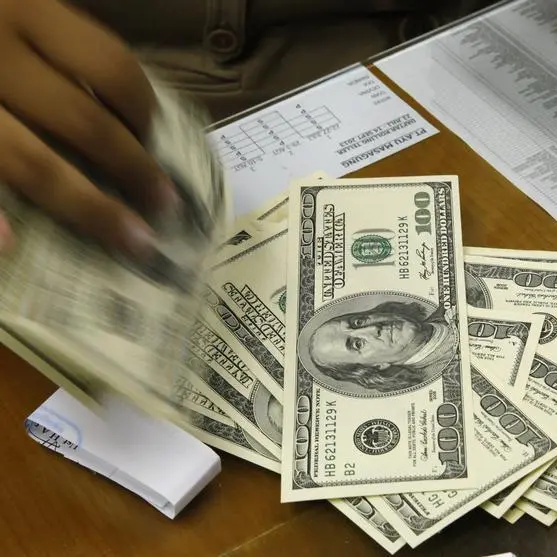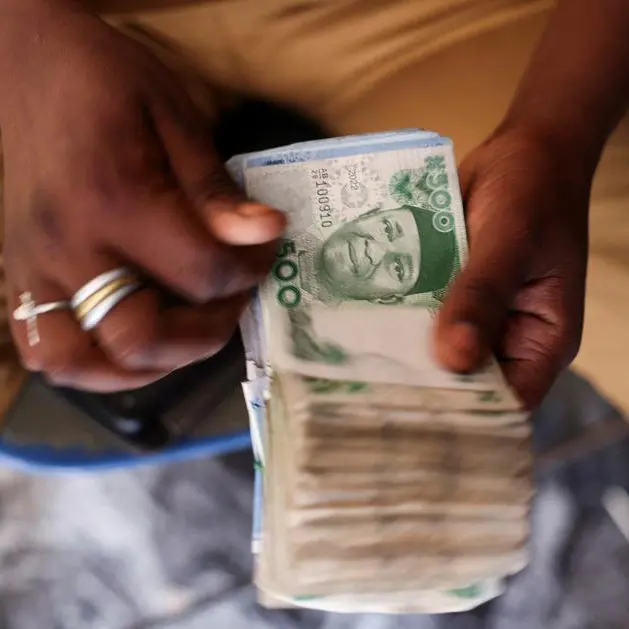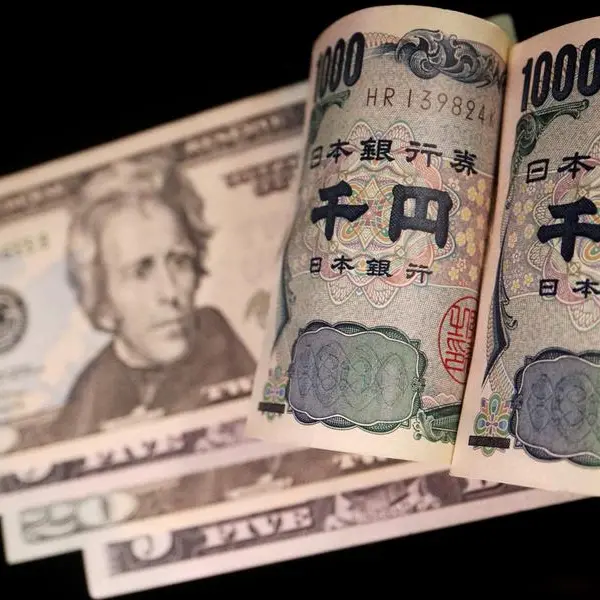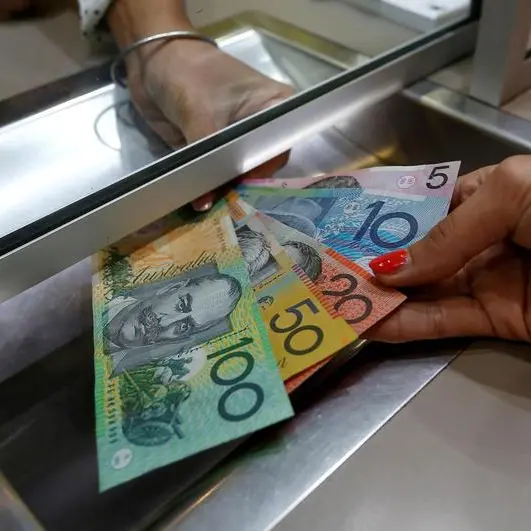PHOTO
PRAGUE - Central Europe's currencies held steady just off their April highs on Friday, shrugging off a stronger dollar amid expectations of continued interest rate hikes in the region. The Czech crown was steady at 24.36 to the euro at 0850 GMT, after earlier firming close to the 24.30 per euro level it touched in the beginning of April and remaining near levels seen before Russia's invasion of Ukraine in late-February.
While investors in central Europe remain cautious with the ongoing fighting in Ukraine, which borders most of the region, currencies have steadied after drops in March and are buoyed by chances of rising interest rates as inflation continues to soar to highs not seen in decades.
The forint shed a quarter of a percent on Friday but was still on course for a steady 1% gain over the past week, with markets looking ahead to the Hungarian central bank's next monthly rate-setting meeting on April 26 where it is widely expected to raise its benchmark base rate.
Poland's zloty also held steady at 4.638 to the euro, bucked up by strong data this week showing industry still booming and retail sales holding up better than expected.
Producer price data from Poland and the Czech Republic this week also provided support, showing year-on-year rises of more than 20% to add to arguments of rate hikes.
"As far as this objective goes, the root cause of inflation matters relatively little," Commerzbank said on Friday. "Both (the Polish and Czech central banks) are likely to continue with sizeable rate hikes."
Elsewhere, stock markets in central Europe mostly eased on Friday, weighed down by weak sentiment in global equities after U.S. Federal Reserve Chairman Jerome Powell said on Thursday a half-point interest rate increase would be "on the table". That bolstered the dollar, whose strength can cut into risk appetite in markets like in central Europe. Fed comments "favours the U.S. dollar which can put CEE currencies under pressure, in particularly the Czech crown which has profited from expectations of higher rates," David Vagenknecht, an analyst with Raiffeisenbank in Prague, said. "The Czech bank has been an early mover in rates, so while they are near their peak, we see the Fed just beginning."
(Reporting by Jason Hovet in Prague and Pawel Florkiewicz in Warsaw; editing by Uttaresh.V)












